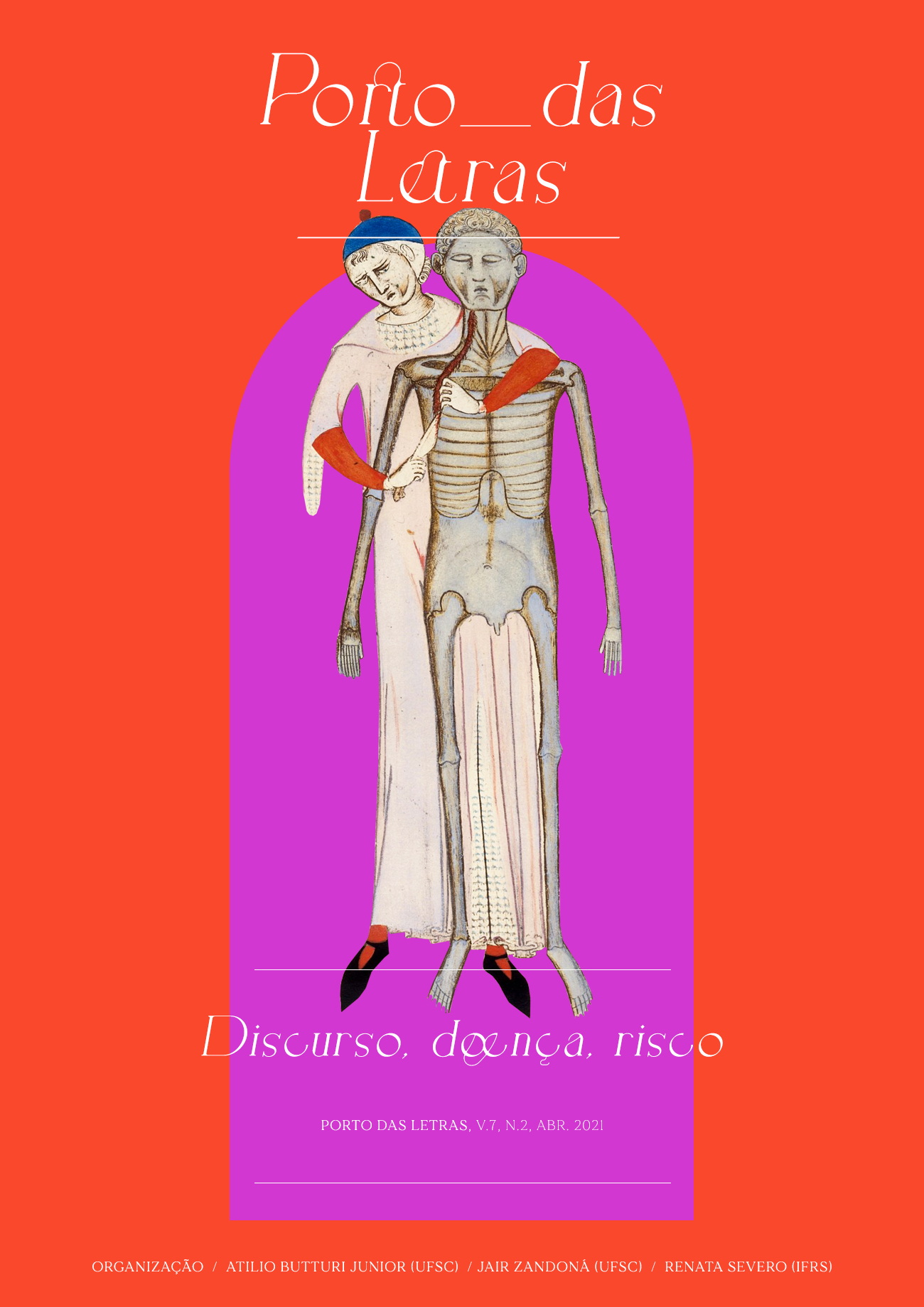O Discurso da dor feminina invisível
um estudo de caso sobre Evelyn Scott no Exílio Brasileiro, em Escapada
Abstract
This paper analyses the woman pain discourse drawing from Evelyn Scott’s Escapade, her autobiography written during her experience of self imposed exile in Brazil, from the years 1914 through to 1919. The analysis points out the influence of gender in the interactions established between the woman, in the position of parturient, and the stuff of health professionals involved, which also has a woman in the team. When Evelyn Scott is in pain, she experiences a strange relationship between mind and body. During acute pain in labor, she ascribes positive value to this emotion, and later, when she suffers chronic pain, the writer seems to rely on the pain triggered by the body to bring life to the mind. More specifically we examine the relationship between pain and gender when discourse becomes the only evidence available to the legitimation of the woman’s pain. Discursively, the delegitimization of Evelyn Scott’s pain by the health professionals provokes the feeling of invisibility and erasement of her identity as well as objectification of her body. Although factors such as social class and race influence this process of delegitimization of pain, we observe the predominance of gender issues, including from the part of the only woman of the medical stuff, who reveals the desire to punish Scott for having a behavior viewed as hysterical.
References
Alqudah, A.F., Hirsh, A.T., Stutts, L.A., Scipio, C.D., Robinson, M.E. Sex and race differences in rating others’ pain, pain-related negative mood, pain coping, and recommending medical help. Journal of Cyber Therapy Rehabilitation. 3 (1) 63–70, 2010.
ARIEL, M. Discourse, grammar, discourse. In Discourse Studies· February 2009
DOI: 10.1177/1461445608098496. https://www.researchgate.net/publication/249712802, acessado em 30 de jan de 2021.
BOURKE, J., 2014. The Story of Pain. From Prayer to Painkillers. Oxford University Press, Oxford.
Calderone, K.L. The influence of gender on the frequency of pain and sedative medication administered to postoperative patients. Sex Roles 23, 713–725, 1990.
CHEN, E.H. et al. Gender disparity in analgesic treatment of emergency department patients with acute abdominal pain. Academic Emergency Medicine. 15, 414–418, 2008.
Cleeland, C.S., Gonin, R., Hatfield, A.K., Edmonson, J.H., Blum, R.H., Stewart, J.A., Pandya, K.J.Pain and its treatment in outpatients with metastatic cancer. New England Journal of Medicine. 330 (9) 592– 596, 1994. http://dx.doi.org/10.1056/NEJM199403033300902, acessado em 30 de jan de 2021.
EDWARDS, D. Emotion discourse. In Culture & Psychology. 5, 271-291, 1999
ELIAS, NORBERT. The History of Manners. Tradução. E. Jephcott. New York, Pantheon Books, 1978 [1a ed. 1939].
Hirsh, A.T., Callander, S.B., Robinson, M.E. Patient demographic characteristics and facial expressions influence nurses’ assessment of mood in the context of pain: a virtual human and lens model investigation. International Journal of Nursing Studies. 48, 11, 1330–1338, 2011.
JACKSON, S. Acedia the sin and its relationship to sorrow and melancholia. In: KLEINMAN, A.; GOOD, B. Culture and depression: studies in the anthropology and Cross-cultural psychiatry of affect and disorder. Berkeley, Los Angeles, London, University of California Press, 1985.
RIVERA, T. Um amor outro: ensaio psicanalítico sobre a feminilidade, criação e maternidade. In: STEVENS, C (Org.) Maternidade e feminismo: diálogos interdisciplinares. Florianópolis: Ed. Mulheres, 2007.
ROSALDO, M. Toward an Anthropology of Self and Feeling. In: SHWEDER, R. A.; LEVINE, R. (orgs) Culture Theory: Essays on Mind, Self, and Emotions. Cambridge, Cambridge University Press, 1984.
SCOTT, E. Escapada. Tradução, Introdução e Notas de Maria das Graças Salgado, Rio de Janeiro, Versal Editores, 2019.
SCHEPER-HUGES, N. Culture, Scarcity and Maternal Thinking: Maternity Detachment and Infant Survival in A Brazilian Shantytown. Ethos. 13, 291-317, 1985.
WIERZBICKA, A. Cross-cultural pragamatics and different cultural values. In: Cross-cultural pragmatics: The semantics of human interaction. London, Mouton de Gruyter, 1999.
_____. Is Pain a Human Universal?: A Cross-Linguistic and Cross-Cultural Perspective on Pain. In Emotion Review, 4, 3, 307–317, 2012.
Downloads
Published
How to Cite
Issue
Section
License
Os autores concordam com os termos da Declaração de Direito Autoral, que se aplicará a esta submissão caso seja publicada nesta revista (comentários ao editor podem ser incluídos a seguir).

